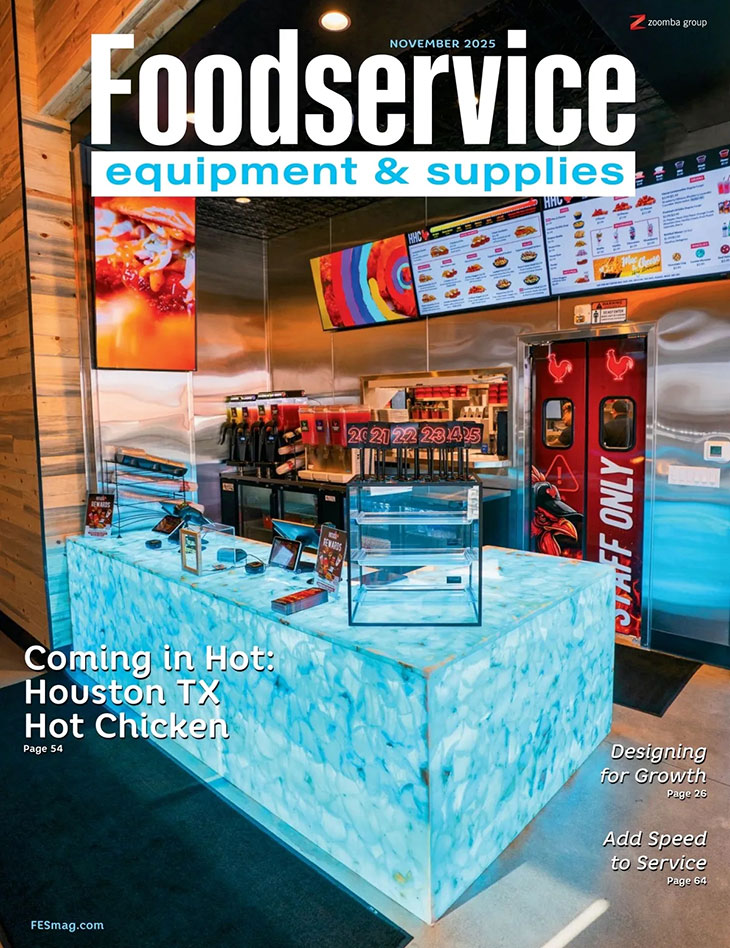I hear the word holistic used a lot these days. Nutritionists and others in the health and wellness space use it to describe the way they approach consulting and care. Many executives latch onto the term to describe a next generation or new wave of thinking as businesses evolve. In this time-crunched, profit-pinched and super-competitive world, a holistic approach has become more important than perhaps ever before.
 By Nahum Goldberg, FCSI, LEED AP
By Nahum Goldberg, FCSI, LEED AP
Principal/Consultant
NGAssociates Foodservice Consultants Inc.
El Cerrito, Calif.One tool that can help project teams take a more holistic approach are design guides. These become even more important if an operator or building owner plans multiple projects in multiple regions.
For one global organization based in Silicon Valley, that meant creating a benchmarking guide and identifying best practices with documentation of key parameters such as area, utility and equipment budget requirements for various office sizes and foodservice operational models. We analyzed and reverse engineered six of the organization’s dining projects for equipment costs, space allocation broken down by functional area, utility information for gas, electric and ventilation as well as other critical parameters. A variety of operational models were considered, from catered in, non-cooking facilities for a small group of 100 to 200 to an on-site, full-scratch preparation and cooking operation for 1,500.
Narratives were added detailing best practices, minimum requirements and lessons learned. The design guide is now in use by key decision makers at the earliest stages in selecting sites and analyzing the feasibility of placing foodservice operations in a particular site or building. Architects, engineers and contractors use the info to determine initial construction feasibility and costs. Foodservice executives use the guide to provide concise and expedited guidance for a specific operational size and model to local design teams in whatever region of the globe the current expansion is taking place. This kind of analysis and the development of these guides provide a head start on projects so that the right people can be brought in sooner and projects can be completed in a much faster, more efficient, and certainly less costly, manner.
This work is not about creating cookie-cutter templates but rather compiling some basic parameters as a reference. Design guides must be very specifically tailored to an organization’s culture and practices with inherent flexibility to allow innovation and creativity across the board during detailed design and operation.
A holistic approach — as demonstrated by these design guides — has benefits for multiple players on a project. First, it helps navigate early decision-making processes, which are crucial for a successful end result. It also streamlines and standardizes the design process no matter the location or type of venue in development. A holistic approach is also helpful for right-sizing the project, reducing labor, improving operational efficiencies and controlling costs.



